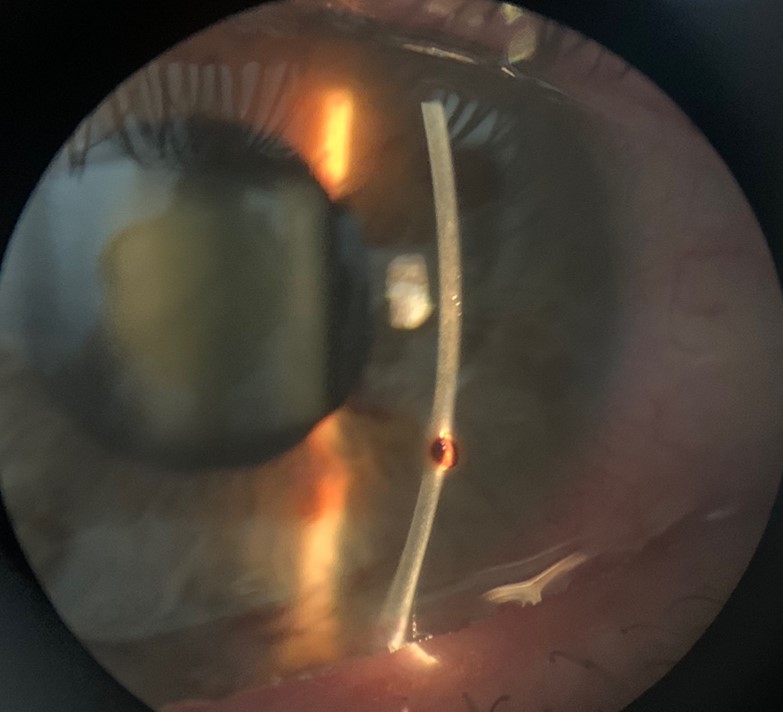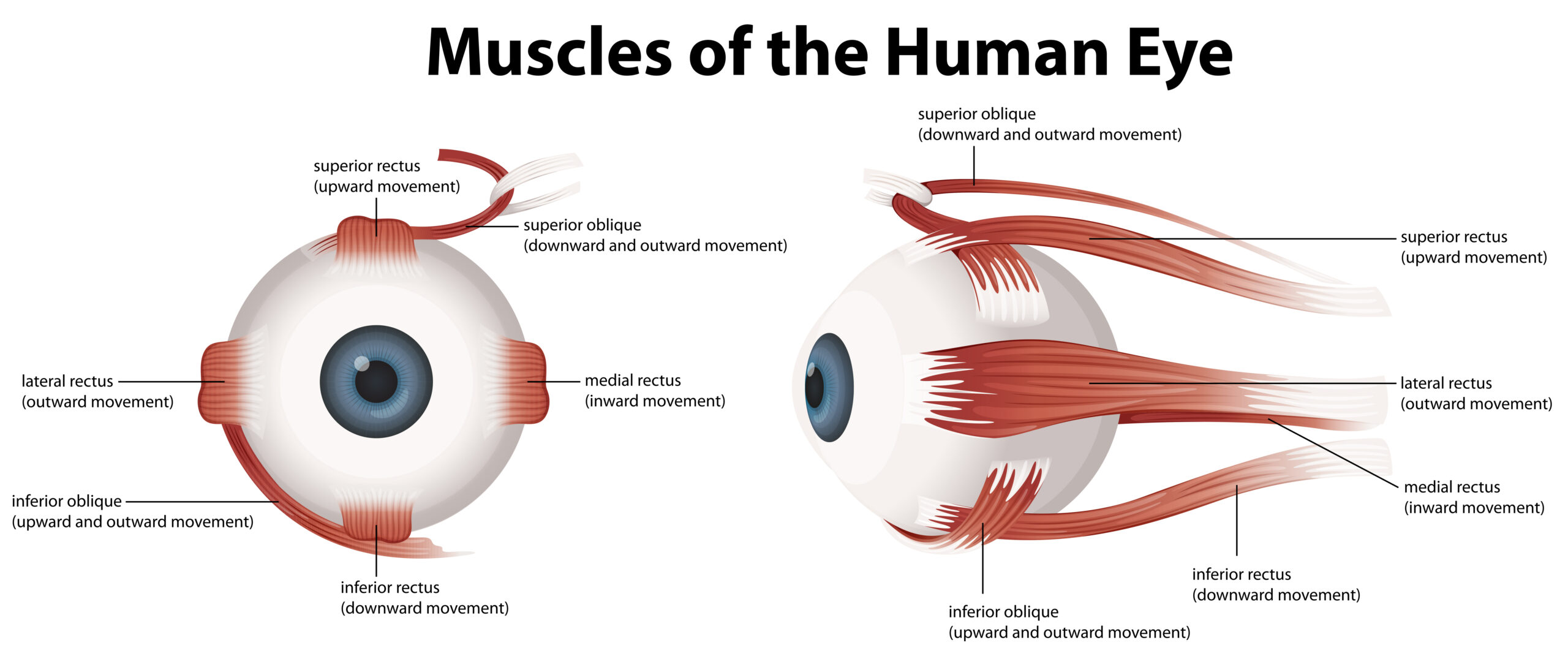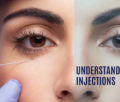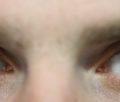Table of Contents
What is a foreign object in the eye?
A foreign object or foreign body in the eye is any substance that enters the eye and does not belong there. This can include debris, dust, sand, makeup, and even insects!
Symptoms of a foreign object in the eye
If you have a foreign object in your eye, you probably will experience immediate symptoms. You may experience:
● a feeling of pressure or discomfort
● a sensation that something is in your eye
● eye pain
● extreme tearing
● pain when you look at light
● excessive blinking
● redness or a bloodshot eye
Causes of a foreign object in the eye
Everyday activities can lead to foreign objects entering the eye, including:
● eyelashes
● dried mucus
● sawdust
● dirt
● sand
● cosmetics
● contact lenses
● metal particles
● glass shards
Most dirt and sand that enter the eye are from the environment. Sharp materials, like metal or glass, can also get into the eye from accidents. The most dangerous foreign objects that can enter the eye are those that enter at a high rate of speed. Severe injury can occur if these objects hit the eye directly.
Emergency care
If you are experiencing vision problems and have an object in your eye, please consult an eye doctor as soon as possible. If you have an intraocular foreign body, prompt diagnosis and treatment may prevent serious vision loss.
Removing a foreign object yourself could cause eye damage. Get immediate emergency treatment if the foreign object:
● has sharp or rough edges
● is large enough to interfere with closing your eye
● contains chemicals
● was propelled into the eye at a high rate of speed
● is embedded in the eye
● is causing bleeding in the eye
If you have something foreign inside your eye, or are helping someone who does, you need to go to the eye doctor right away. To avoid further damage to your eye, try to keep the object out of your eye as much as possible.
● Restrict eye movement.
● Bandage the eye using a clean cloth or gauze.
● If the object is too large to allow for a bandage, cover the eye with a paper cup.
● Cover the uninjured eye. This will help prevent eye movement in the affected eye.
If you experience any of the following symptoms after an object is removed from your body, you should consult your eye doctor:
● You still have a sensation of having something in your eye.
● You have abnormal vision, tearing, or blinking.
● Your clear cornea has a cloudy spot on it.
● The overall condition of your eye worsens over time.
Home care
If you think you have something in your eye, it’s important to get eye conditions checked as soon as possible to avoid infection and possible vision loss. Here are some tips to help:
● Do not rub or put pressure on the eye.
● Do not use any utensils or implements, such as tweezers or cotton swabs, on the surface of the eye.
● Do not remove contact lenses unless there is sudden swelling or you have suffered a chemical injury.
If you suspect you have a foreign object in your eye, or you’re helping someone who has one, take the following steps before starting any home care:
● Wash your hands.
● Look at the affected eye in an area with bright light.
● To examine the eye and find the object, look up while pulling the lower lid down
If you are trying to remove a small, round object from the front of your eye, you can use your fingers to gently push and pull the object out. You may need to use a Q-tip or a thin cloth to scoop the object out.
The most common location for a foreign object is under the upper eyelid. To remove a foreign object in this position:
● Flush the object out of your eye with water. Close your eye and hold it closed for several seconds. Open your eye and look around.
● The same results can be accomplished using an eyecup purchased from a drugstore.
● If the object is stuck in the lid, try to pull it out by the top of the lid. If that doesn’t work, try stretching the lid over the lower lid to loosen it.
To treat a foreign object located beneath the lower eyelid:
● If the object is visible, try tapping it with a damp cotton swab.
● If you are having trouble getting an object out of your eye, try flushing it out by flowing water on the eyelid as you hold the object open.
● You also can try using an eyecup to flush out the object.
If there are many tiny fragments from a substance, such as grains of sand in the eye, you will have to flush out the particles instead of removing each one individually. To do this:
● Use a wet cloth to remove any particles from the area surrounding the eye.
● Immerse the side of your face with the affected eye in a flat container of clean water. While the eye is under water, open and close the eye several times to flush out the particles. Hold a clean cloth over the eye and gently pull the cloth away so that the water can run off. Repeat this process several times.
When to contact eye doctor
Contact eye doctor if the foreign object in your eye has conditions that warrant emergency treatment, or if:
● You did not succeed in removing the foreign object at home.
● After you remove the foreign object from your eye, your vision may remain blurry or otherwise abnormal.
● Despite the removal of the foreign object, your eye’s condition worsens.

A metallic foreign body embedded on the surface of the clear cornea
If you get treatment from your eye doctor, you may undergo an examination that includes the following steps:
● An anesthetic drop will be used to numb the eye’s surface.
● An eye drop with fluorescein dye will show up on any surface that has been scratched or has debris on it. This will allow the eye doctor to see any damage or abnormalities that may be present.
● Your eye doctor will use a microscope to locate and remove any foreign objects.
● Objects may be removed with a moist cotton swab or flushed out with water.
● If the initial techniques to remove the object are unsuccessful, an eye doctor may use a needle or other specialised instruments to try to remove the object.
● If you are experiencing foreign body sensation and have been in contact with a foreign object that has caused a corneal abrasion, your eye doctor may give you an antibiotic ointment to prevent infection.
● If you experience pain or muscle spasms, or if your eye drops don’t seem to be working, see your eye doctor. Cyclopentolate and atropine eye drops are the most common treatments for larger corneal abrasions.
● An intraocular object may be a foreign body or an object that has become lodged in the eye. A CT scan or another imaging study may be required for further investigation of the object.
● If you experience blurred vision, a headache, or any other concerning symptoms, you should see an ophthalmologist for further evaluation. An ophthalmologist is a physician and surgeon who specialises in eye care and can help diagnose and treat various eye problems.
Recovering from a foreign object in the eye
If you experience any of the following after removing a foreign object from your eye, please seek medical attention from the eye doctor: intense pain, redness, drainage, vision changes, or loss of vision.
The eye heals quickly if a foreign object is the cause of an abrasion. However, if the object is dirt or contains soil, then infection is more likely and the healing process will take longer. If your symptoms aren’t improving, please call your eye doctor.
In severe cases, an infection inside the eye may occur, this is a condition called endophthalmitis. If left untreated, it can lead to vision loss or even blindness.
How to prevent a foreign object in the eye
Foreign objects that may accidentally land in your eye during everyday activities can be difficult to anticipate or avoid. These objects may include pieces of paper, dust, or other small objects. If an object lands in your eye, it is important to rinse it off with water as soon as possible and seek medical attention if the object causes irritation or if you experience any other symptoms.
If you are doing activities that could involve flying objects, it is important to wear safety glasses or eyewear to protect your eyes. This way, if something flies in your eye, you won’t end up with a foreign object in your eye.
To prevent getting a foreign object in your eye, always wear approved protective eyewear when:
● working with saws, hammers, grinders, or power tools
● working with dangerous or toxic chemicals
● using a lawn mower
Conclusion
A foreign object in the eye is any object or substance that enters the eye and does not belong there. It can range from debris, dust, sand, makeup, and even insects. In some cases, a foreign object may cause irritation, redness, or pain, while in other cases it may not cause any symptoms at all. It is important to remove the object as soon as possible if it causes significant discomfort or vision problems. However, cases of foreign objects penetrating the eye are rare and typically caused by high-energy impact like an explosion, these types of foreign objects are referred to as intraocular foreign bodies. It is always best to consult an eye doctor if you suspect you have a foreign object in your eye in order to prevent further injury or complications.












